Energy Storage
Schaltbau North America
Wind
Ole Binderup
Solar
Sun Ballast
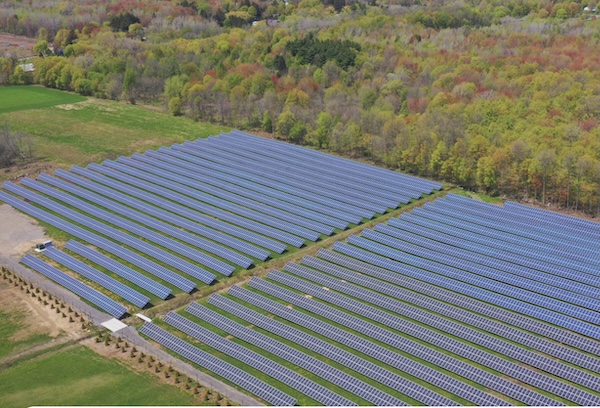
Kendall Sustainable Infrastructure (“KSI”) announced the continued expansion of its distributed-generation portfolio with the acquisition of a 2.5 MWdc solar project in Perry County, Illinois, from development partner New Leaf Energy (“NLE”). The project will participate in Illinois’ community solar program and will serve a combination of commercial and small subscriber community-solar offtakers.
“We are building in just under half a dozen states, largely with repeat partners,” said John Chaimanis, Co-Founder and Managing Director of Kendall Sustainable Infrastructure. “Over the last decade, we’ve found that our most successful projects come from partnerships where we understand each other’s strengths and work collaboratively. New Leaf Energy has been an excellent partner to work with.”
This transaction marks the third successful collaboration between KSI and NLE. The companies have previously partnered on two solar projects totaling 11 MWdc in New York, bringing their combined portfolio to more than 13 MWdc of operating and under-construction clean-energy assets.
“It’s an honor to work with Kendall Sustainable Infrastructure on this Illinois community solar project,” said Dan Berwick, CEO of New Leaf Energy. “One of NLE’s cultural pillars is that we build long-term relationships based on trust and transparency, and that's the kind of relationship we're continuing to build with KSI. We're confident that this project is in great hands, and we look forward to partnering with KSI a lot more.
Kendall Sustainable Infrastructure | https://kendallsustainableinfrastructure.com/
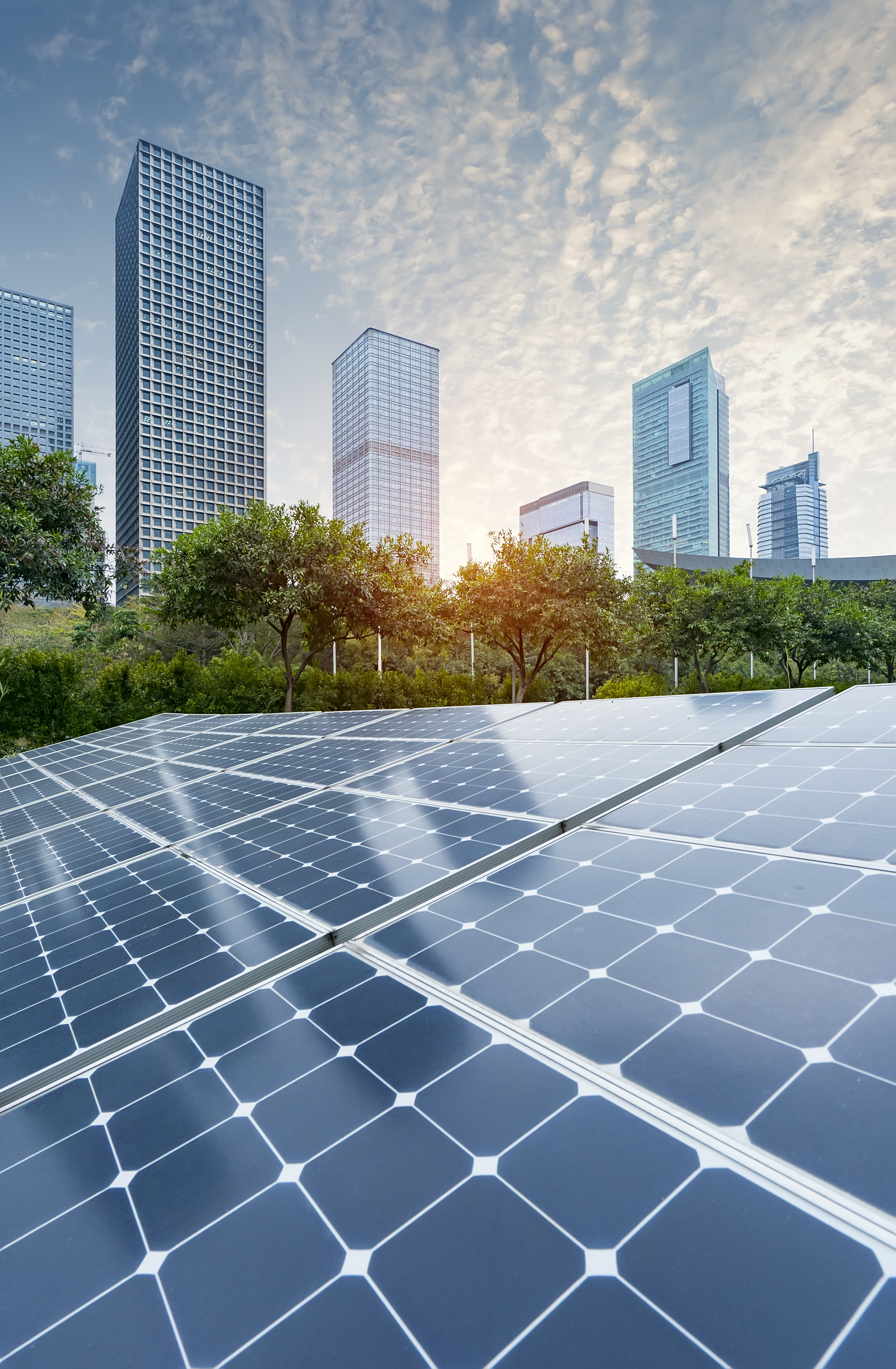
Stardust Solar Energy Inc. (TSXV: SUN) (OTCQB: SUNXF) (FSE: 6330) announced the appointment of Erica Bearss, MBA, DBA (c), as Vice President of Corporate Communications. Bearss joins the executive team to drive a bold new chapter of growth, transparency, and investor engagement as Stardust accelerates its mission to expand renewable energy adoption across North America and advance its global expansion initiatives.
"Erica is a true sustainability leader who knows how to connect investors and the public to a company's story," said Mark Tadros, Founder & Chief Executive Officer. "Her expertise in renewable energy, combined with her communications and investor relations leadership, will enhance Stardust Solar's visibility in the market, expand investor confidence, and drive sustained increases in shareholder value."
With over 17 years of experience in strategic marketing, investor relations, and corporate communications, Bearss has a proven track record of building shareholder confidence and crafting narratives that drive expansion. She has successfully supported multi-million-dollar capital raises, strengthened brand visibility in the energy, mining, and tech sectors, and built lasting trust with stakeholders.
Bearss holds an MBA in Executive Management and is a Doctorate candidate in Business Administration (DBA), with her thesis focused on sustainable business and renewable energy models, particularly solar. She brings six years of service on the Environmental Sustainability Committee for the Burnaby Board of Trade, where she has contributed to advancing community-based sustainability initiatives and clean energy awareness. Drawing on this expertise, Bearss will sharpen Stardust Solar's communications to build investor trust, expand market relationships, and reinforce the transparency needed to drive sustained growth.
"It is an exciting time to join a team that is already delivering impressive results," said Bearss. "My focus is to expand investor engagement, foster transparency, and deliver clear, consistent communications that build confidence in Stardust Solar's long-term vision and value creation strategy. Solar is the future, and Stardust is leading the charge."
Stardust Solar | www.stardustsolar.com
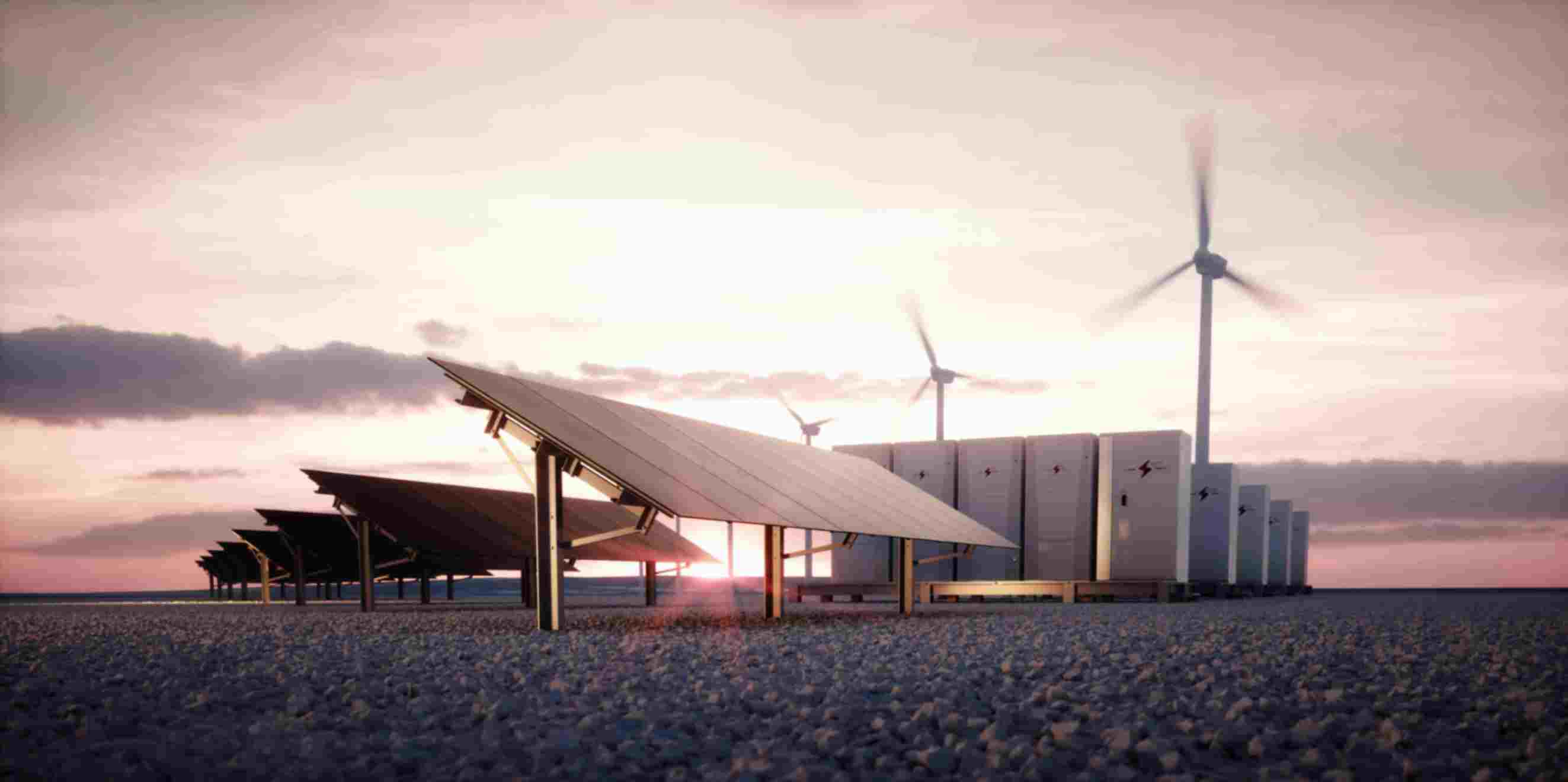
All Points North Foundation celebrates a major industry milestone− supporting more than one megawatt of solar installations, helping to drive transformative change in awide range of communities and diverse settings across the United States.
Through over a decade of grant making, this small, private, national foundation has funded both roof-mount and ground-mount photovoltaic installations now collectively generating 1.353 megawatts of solar power, or enough to power more than 168 homes in the U.S. annually (based on average household electricity consumption).
“This one megawatt milestone is especially significant given that All Points North Foundation typically funds small and medium-size residential and community-scale solar installations, and not larger-scale projects,” said Joe Ogrinc, Director of Solar Grant Partnerships. “From Florida’s Gulf Coast to the PacificNorthwest, the South Dakota plains to the northern tip of Michigan, New Hampshire farmland and placesin between, the grants reflect the foundation’s commitment, since its inception, to navigating communities upward, one project at a time.”
All Points North Foundation has awarded 49 solar grants to nonprofit organizations in 20 states across the continental United States, with 33 of those grants funding solar installations in the foundation’s priorities: working with small-to-medium science centers, partnering with Tribal communities, and supportingorganizations that provide affordable housing.
“The installation of a photovoltaic system can be a cost-savings game changer for families, nonprofits, and communities,” said Board Member Anthony Coker, who serves as the foundation’s Solar Committee Chair. “All Points North Foundation is proud to support initiatives that help offset electricity costs and benefit local economies.”
The foundation’s commitment is not limited to just solar installations. All Points North Foundation alsoprovides grants for solar education and workforce development programs with the goal of expanding and diversifying the solar job pipeline.
Interim Executive Director Laura Staich emphasized, “Surpassing this megawatt milestone has only strengthened our resolve to continue to find ways to significantly advance the penetration of solar through education, job training, and the use of solar electric technologies.”
All Points North Foundation | allpointsnorthfoundation.org
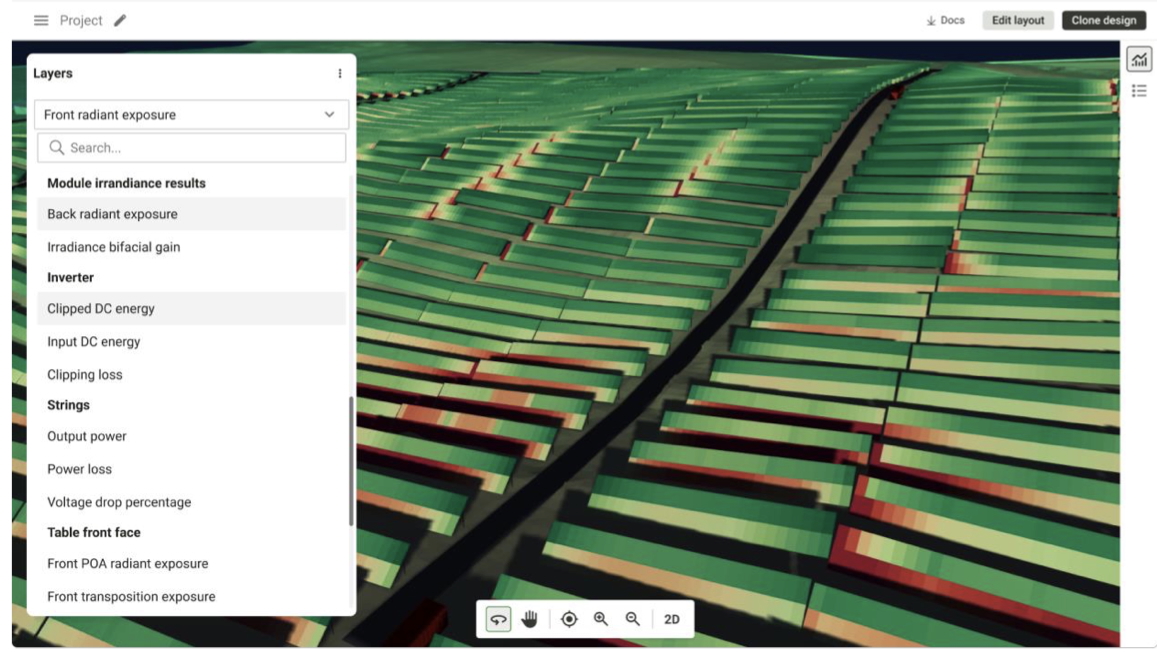
RatedPower, a part of Enverus, the most trusted energy-dedicated SaaS company that leverages generative AI across its solutions, is unveiling 3D Energy, the company's most advanced solar PV performance simulation tool yet.
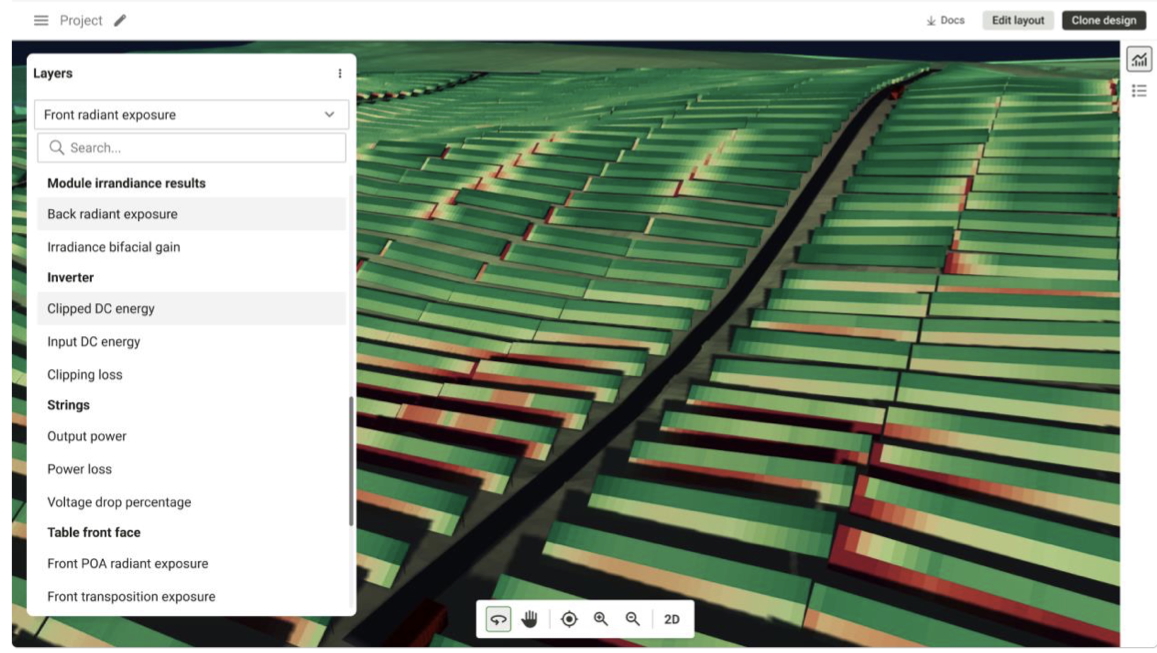
Designed for developers, EPCs, engineering firms, technical advisors and bankers, 3D Energy delivers unparalleled accuracy and insight through cutting-edge ray-tracing technology and validation with real-world data. Users now have access to granular energy results for their PV plants by replacing simplified energy calculations with detailed, more representative 3D Energy analysis.
The engineering team at Alten Energías Renovables has already backed the product noting, "The new 3D energy tool from RatedPower is a disruptive energy model in the industry as it may step up the yield calculation precision. Moving to more and more complex lands, makes yield calculation more difficult and less accurate due to slopes. RatedPower has studied this problem in detail and has proposed a way of making a more realistic simulation. This way, differences between financial model predictions and real production may be closer."
The 3D Energy tool has been developed using advanced ray-tracing technology with module-by-module analysis validated using data from real companies. It saves time and reduces cost by using one tool to create PV designs and run 3D Energy results in only one click – no need for the use of external tools.
"The rise of bifacial modules and limited availability of ideal terrain for solar PV plants have revealed limitations of traditional energy modeling tools," said Nacho Alvarez, senior product manager at RatedPower. "To address these challenges, we developed a 3D Energy model for accurately predicting the yield of PV plants thanks to an improved shading analysis based on Ray-Tracing technology. The calculation model has been validated against real world PV plant performance, boosting the reliability and accuracy of the results. Together with our Layout Editor tool, 3D Energy allows users to refine their designs based on precise energy results, identify underperforming areas caused by shading or terrain, and optimize the overall layout of the plant."
With this advanced technology users have access to:
With 3D Energy you will improve shading assessment, deliver more precise irradiance calculations, identify underperforming areas, and get access to comprehensive financial outputs to strengthen third-party financing opportunities, all in one place.
Enverus | www.enverus.com
RatedPower | https://ratedpower.com/
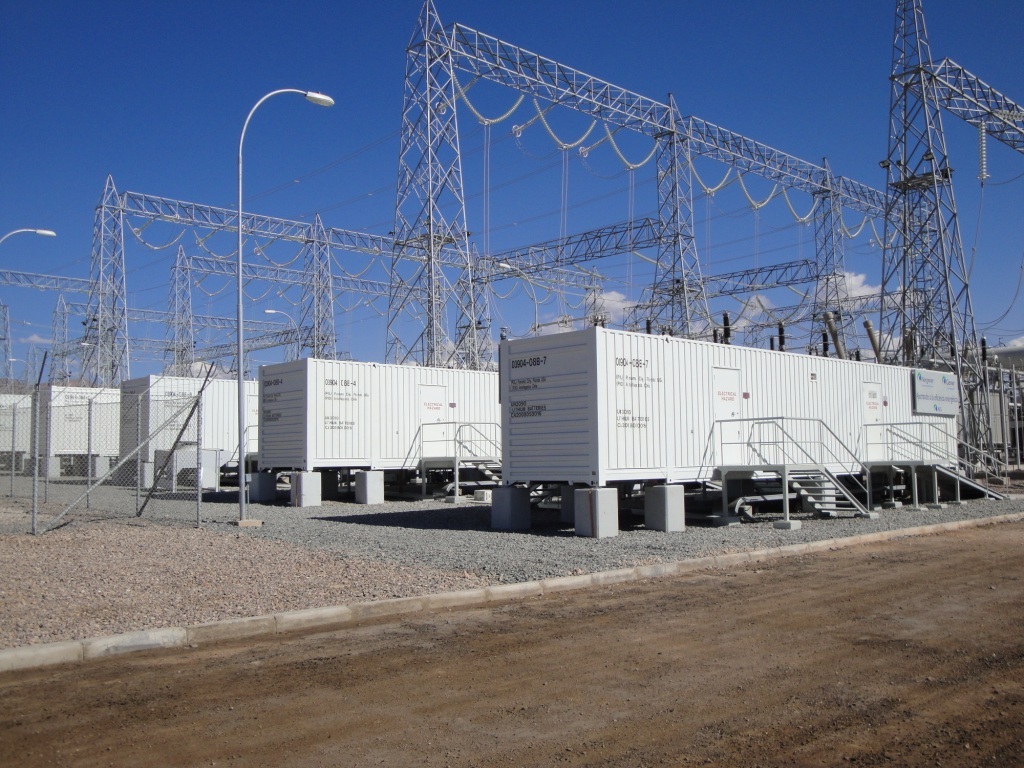
GHD, a professional services company operating in the global markets of water, energy and resources, environment, property and buildings, and transportation, has announced it has been granted a US patent for combined hydrogen fuel cell vehicle fueling, electric vehicle (EV) fast-charging and a fuel cell back-up power forecourt.
Similar Canadian, Australian and UK patents were issued in 2024.
The patented system integrates hydrogen dispensers for fueling Fuel Cell Vehicles (FCVs) and a Proton Exchange Membrane Fuel Cell (PEM FC) stack, providing energy for fast-charging battery EV stations and back-up power applications. By supporting diverse energy delivery applications and technologies in a shared forecourt, the design enhances overall project feasibility and economics and expedites the transition to a low/zero carbon economy for transportation and stationary back-up power.
Key features of the patent include:
Multi-functional Integration: The system seamlessly combines hydrogen FCV fueling, support for critical back-up power applications and EV fast charging.
Versatility and cost efficiency: The incremental addition of a fuel cell stack to a hydrogen fueling facility for EV charging and critical back-up power improves the overall forecourt feasibility and economics and provides additional revenue for the forecourt investment.
Hydrogen/energy storage: The stored hydrogen supplied to the PEM FC serves as a reliable energy source for EV charging applications and offers energy storage during extended power outages. This feature supports critical-use providers such as public services, first responders, and security and utility services with EVs that require 24/7 reliability around charging capabilities.
As the EV and FCV markets continue to grow, infrastructure challenges need to be addressed for both to become competitive with other forms of transportation. Although FCV markets continue to advance, the hydrogen fueling infrastructure remains expensive when compared to existing gasoline fueling forecourts (gas stations) and established EV charging stations.
The more significant issue facing the FCV market is the high cost of fueling infrastructure and the ability to advance forecourts that can accommodate a minimum number of FCVs to make the investment economics work. There are too few FCVs in any market region to adequately support any large-scale hydrogen fueling station economics. The goal has been to develop FCV fueling into a “retail-like” forecourt that provides the same ease and convenience of fueling as that of current gasoline or diesel vehicle fueling.
For on-site hydrogen production via electrolysis, which is also included in the patent, many electrolyzer OEMs offer standard-sized units and are focused on larger-scale hydrogen production capacities. Therefore, it is difficult to match electrolyzer capacity with initial hydrogen demand, especially if fuel cell vehicle procurement and adoption is staged over time. This lower electrolyzer utilization could result in a higher hydrogen unit price ($/kg) at the dispenser and lower total system operating efficiency.
According to Fred Taylor, patent co-author and Hydrogen Lead for the Americas, “Providing this innovative approach to real world applications has resonated with several clients that we have offered the use of the patent to, and we expect to see project rollouts coming to market. Our approach not only caters to and promotes multiple markets but also presents opportunities for product line development and portfolio station services.”
GHD | https://www.ghd.com/
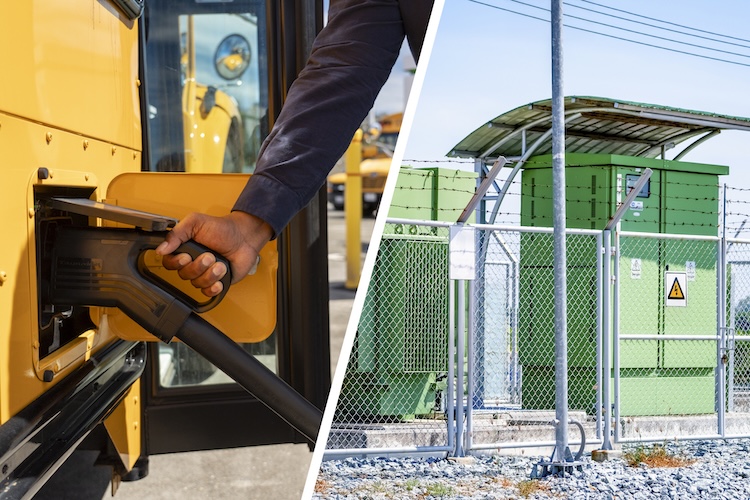
The Mobility House, a global leader in smart charging and energy management solutions, and Itron, Inc. (NASDAQ: ITRI), which is innovating new ways for utilities and cities to manage energy and water, are beginning a groundbreaking project in New York State to implement technology to accelerate fleet electrification. This initiative, supported by the New York State Energy Research and Development Authority (NYSERDA), will use cutting-edge flexible service connections to address distribution system capacity to prevent delays in fleet charging.
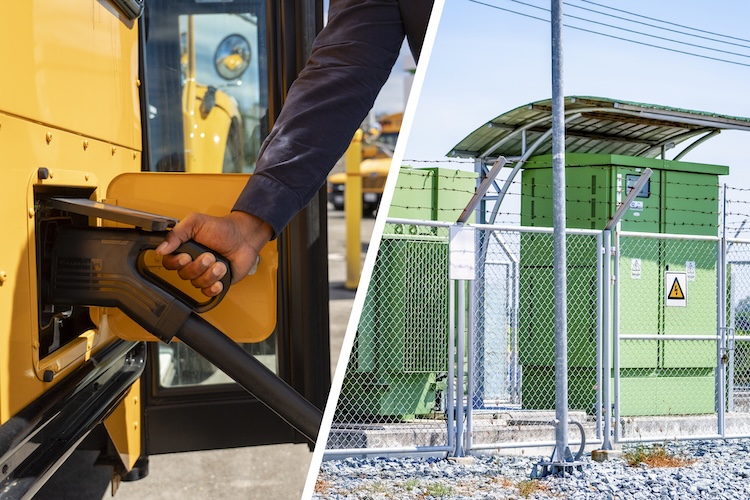
The flexible service connection demonstration will integrate Itron’s IntelliFLEX DERMS solution, which is part of its Grid Edge Intelligence portfolio, with automated load management (ALM) from The Mobility House’s ChargePilot® charge management system (CMS), enabling fleets to operate efficiently while reducing, or even eliminating, the need for costly and time-intensive infrastructure upgrades and maximize the utilization of existing distribution infrastructure. This will be the first implementation of these integrated technologies to address distribution level constraints as a barrier to fleet electrification.
A Game-Changer for Fleet Electrification
The difficulty of implementing electrical distribution system upgrades is one of the most challenging barriers to fleet electrification.
As a solution to directly address this challenge, The Mobility House will integrate its powerful ChargePilot® charge management system (CMS)with Itron’s industry-leading Grid Edge Intelligence portfolio with Distributed Intelligence (DI) to deliver a technical solution that enables fleet operators to optimize their charging sites despite site capacity limitations. Combining automated load management (ALM) from ChargePilot with real-time distribution grid data from the DI-enabled meter ensures that fleets can operate within the constraints of their local energy infrastructure without compromising on the operational needs of the vehicles.
“This technology combination is absolutely critical to the timely transition to zero emission vehicles,” says Greg Hintler, CEO of The Mobility House North America. “If we can solve the interconnection backlog, the biggest obstacle to fleet electrification will be removed.”
Flexible service connection provides the ability for a utility to approve service to energize electric vehicle charging infrastructure that might otherwise be prohibited by distribution capacity constraints. This is possible because the utility can ensure that the fleet does not exceed a predetermined charging capacity limit at certain times, based on forecasted or real-time distribution system capacity. Under the implementation architecture tested in this project, to reliably reduce charging when required, the utility will provide physical equipment limitations and grid topology to the Itron IntelliFLEX solution, which then provides a signal to ChargePilot to dynamically adjust charging as required. Leveraging real time grid-awareness and an intelligent DI-enabled meter allows for local control without additional hardware or gateways. A flexible connection allows the utility to avoid significantly more costly upgrades and increases the potential EV fleet capacity that can be installed within a service area.
"This ground-breaking collaboration between The Mobility House and Itron to deliver flexible service connections illustrates the possibilities of Itron's Grid Edge Intelligence portfolio. Utilities can now enable intelligence at the grid edge and help end-use customers avoid the financial burden and wait time associated with upgrading distribution infrastructure to support their fleet electrification goals," said Don Reeves, senior vice president of Outcomes at Itron. "This is just one example of the possibilities for distributed energy resource management enabled by Itron's technology platform.”
New York State Energy Research and Development Authority President and CEO Doreen M. Harris said, “NYSERDA’s support of The Mobility House’s fleet electrification technology will enhance utilities’ abilities to more efficiently manage the distribution of energy while serving the growing number of electric school buses on our roads. By integrating this technology into select New York locations, together we will demonstrate how flexible interconnections for electric school buses can help harness energy use for multiple chargers and enable faster charging.”
Transforming Grid Management in New York
The flexible service connection demonstration will roll out in two phases. In the first phase, The Mobility House and Itron will deploy the technology integration with an implementation of five chargers at a school bus site in Staten Island, in collaboration with nonprofit bus operator New York City School Bus Umbrella Services (NYCSBUS) and electric utility provider Consolidated Edison (Con Ed). In the second phase, ten additional chargers will be deployed at a second site elsewhere in New York State.
Key benefits of the integrated technology solution include:
This project will demonstrate a scalable solution for utilities and fleet operators, enhancing grid flexibility, improving energy management, and contributing to cleaner air in communities most affected by vehicular emissions.
Itron, the Itron Logo, and IntelliFLEX are trademarks of Itron, Inc in the United States and other countries and regions.
The Mobility House | https://www.mobilityhouse.com/usa_en/
Itron | https://na.itron.com/

Jake Edie moves this week from VP of Marketing for Clean Energy Associates (now Intertek CEA), to take the helm of RenewComm LLC, the leading cleantech marketing and PR agency founded in 2004 and known for its industry expertise.
Edie joins founder Peter Kelley and both will use the title Managing Partner, with Edie filling the CEO role and leading the company’s growth and client strategies, and Kelley moving to the COO role and continuing to oversee client services.
“I’m thrilled to be joining a team with such deep expertise in our industry,” said Edie. “As AI makes it easier and easier to generate mediocre content, exceptional messaging and thought leadership will increasingly become the primary way to break through in today’s attention economy. The RenewComm team has the experience and industry understanding to help clients do just that.”
Edie spent nearly five years running marketing and inside sales for Clean Energy Associates, which rebranded last week as Intertek CEA following its 2022 acquisition by the global leader in quality assurance. His Marketing, Insides Sales, and Sales Operations teams helped dramatically grow sales from his arrival in 2021 until his departure in 2025.
He previously served as Business Development Director and Energy Storage Solutions Architect for S&C Electric Company, a leading ESS integrator and EPC. He negotiated supply agreements with key lithium-ion battery and PCS suppliers, and oversaw cost-estimating, proposal development, contract negotiation, and construction licensing for energy storage, substation, microgrid, and grid-scale solar projects.
As VP of Business Development for AllCell Technologies, a lithium-ion battery integrator, he helped develop some of the industry's first energy storage systems for PJM’s RegD market. He led their transition from R&D to product sales, signing Google, Bombardier, Solar Grid Storage, and Mahindra, among others. AllCell was acquired by Beam Global.
For the past three years he has taught courses in clean energy and the electric grid for University of Illinois, Chicago, and he guest-lectures at University of Chicago. He holds an MS in Environmental Science and Policy from University of Chicago, and a BA in Economics from Northwestern.
“Jake is thoughtful, incisive, and really knows the business,” said Kelley. “He builds high-performing teams and supports quality work while never losing his cool. And his ability to bring technical clarity to the market, inspire teams, and turn marketing expertise into client results aligns perfectly with RenewComm’s values and ambitions.”
“Two decades into our journey as a leading marketing and PR agency for climate solutions and American energy, Jake’s arrival is a major milestone for our company. I can’t wait to see where he will take us and our clients.”
RenewComm | www.renewcomm.com
Solar Oct 10, 2025
Solar is safe when it’s maintained — and risky when basics slip. Across sites, the pattern behind many PV fires is consistent: soiling and shading create hot spots; loose or corroded DC joints run hot; wildlife and litter add fuel; and moisture i....
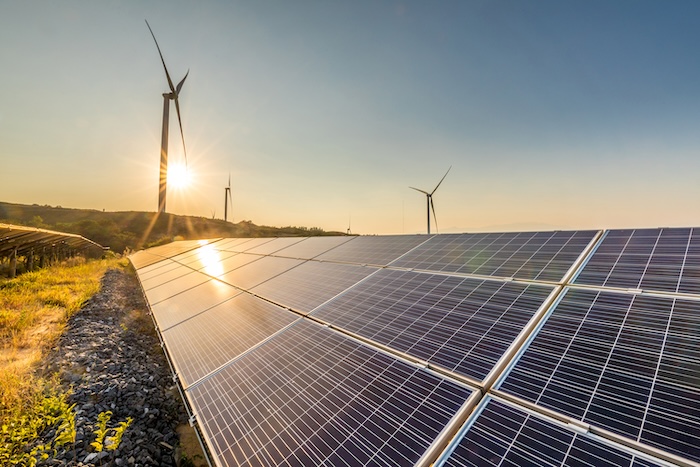
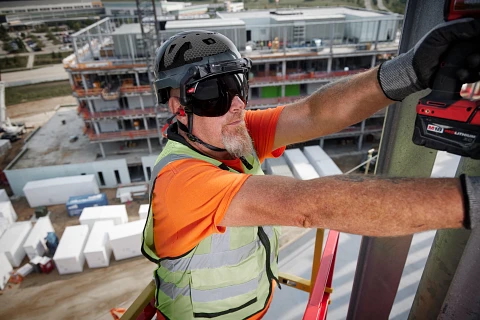
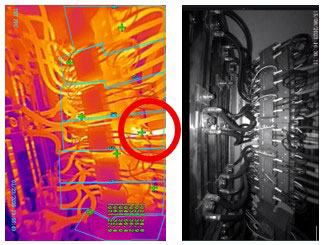
Solar is safe when it’s maintained — and risky when basics slip. Across sites, the pattern behind many PV fires is consistent: soiling and shading create hot spots; loose or corroded DC joints run hot; wildlife and litter add fuel; and moisture i....
As utility-scale hybrid solar and battery energy storage projects become standard across North America, operators are facing increasing complexity. These systems are no longer passive generators, but dynamic assets that must respond in real time to g....
It didn’t start with a robot. It started with a problem. Clean energy is one of the hottest commodities today, and the world is rushing to meet this increasing demand. However, the typical financial barrier isn’t a problem for the industry; it....
Wind power has been a highly successful ....
As wind turbines keep growing taller and....
As energy needs grow more complex and grid instability becomes a regular concern, mobile microgrids are gaining attention as a flexible, lower-emission energy solution. Their emergence is timely. From wildfire-related outages in the West to hurricane....
A next generation of Virtual Power Plants has emerged in 2025, embodying trends which will require more efficient integration with utility grids. These trends span a wide range: VPPs that integrate EV charging and other new resources; building manage....
The confluence of several energy challenges has presented itself within the North American market. Rising electricity demands, grid reliability concerns, affordability and bottlenecks have reached an inflection point. Microgrids are emerging as a sol....
After months of debate in Congress, the One Big Beautiful Bill Act (OBBBA) was finally signed into law. With the goal of restructuring and simplifying federal incentive programs while reducing long-term costs, the OBBBA comes with several updates and....
Helium, once known primarily for its niche industrial uses, has emerged as a strategic political asset amid rising geopolitical tensions and trade uncertainties. Its critical role in next-generation technologies such as semiconductors, space explorat....
The need for reliable, high-quality electricity has never been greater now the grid is highly dependent on getting its supply from multiple sources. Power grid quality monitoring increasingly plays a significant role in ensuring that electricity arri....